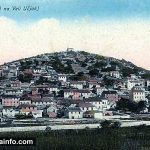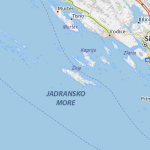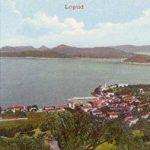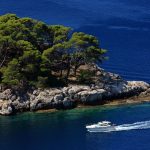Continuing our series on villages and islands in Croatia which saw substantial emigration in the 20th century, we look to Ilovik, a small island situated south of Lošinj
Ilovik is the southernmost inhabited island in the Lošinj archipelago. It has a surface of 5.8 square kilometres, with a coastline of 15 kilometres that is accessible from all sides. A smaller islet of Sveti Petar (St. Peter) is located north of Ilovik; the two are separated by an inlet named the Strait of Ilovik which is 2.5 kilometres long and 300 metres wide, making it a perfect spot for mooring as it’s naturally shielded from most winds.
It’s exactly the favourable position of the inlet between the two islands that has brought the first inhabitants to Ilovik and Sveti Petar. Their history can be traced back to the Ilirian tribe of Liburnians, followed by the ancient Romans who have left behind an extensive fund of preserved remnants of buildings, mosaics, coins, and an underwater archaeological site.
Sveti Petar is home to several objects that bear witness to the islands’ historical development. It used to serve as a quarantine for passengers on their way to Venice, with a preserved Venetian castle built by Filippo Pasqualigo in 1600 to defend the area from pirates. The islet also houses remains of a Benedictine monastery which used to be under jurisdiction of the Susak abbey, with an adjacent burial site enclosed by walls originating from the 11th century. This particular location of Ilovik’s only cemetery gave way to a poetic burial rite: after the service for the departed is held in Ilovik’s church of Saints Peter and Paul, the body is taken to its final resting place on Sveti Petar on a boat, making for a symbolic notion of one’s last journey.
Sveti Petar island
The first Croatian inhabitants arrived on Ilovik at the end of the 18th century, moving to the south from its bigger neighbour Lošinj. The favourable Mediterranean climate provided optimal conditions for a thriving agricultural activity to develop, along with fishing and sheep herding. All three have remained the main economic activities of Ilovik’s population to this day, with tourism having developed in the last couple of decades owing to the island’s unspoilt nature and dreamy secluded bays. The entire island is covered in lush Mediterranean vegetation, including oleander, bougainvillea, palm trees and two century-old eucalyptus trees, getting Ilovik its nickname of ‘the island of flowers’.
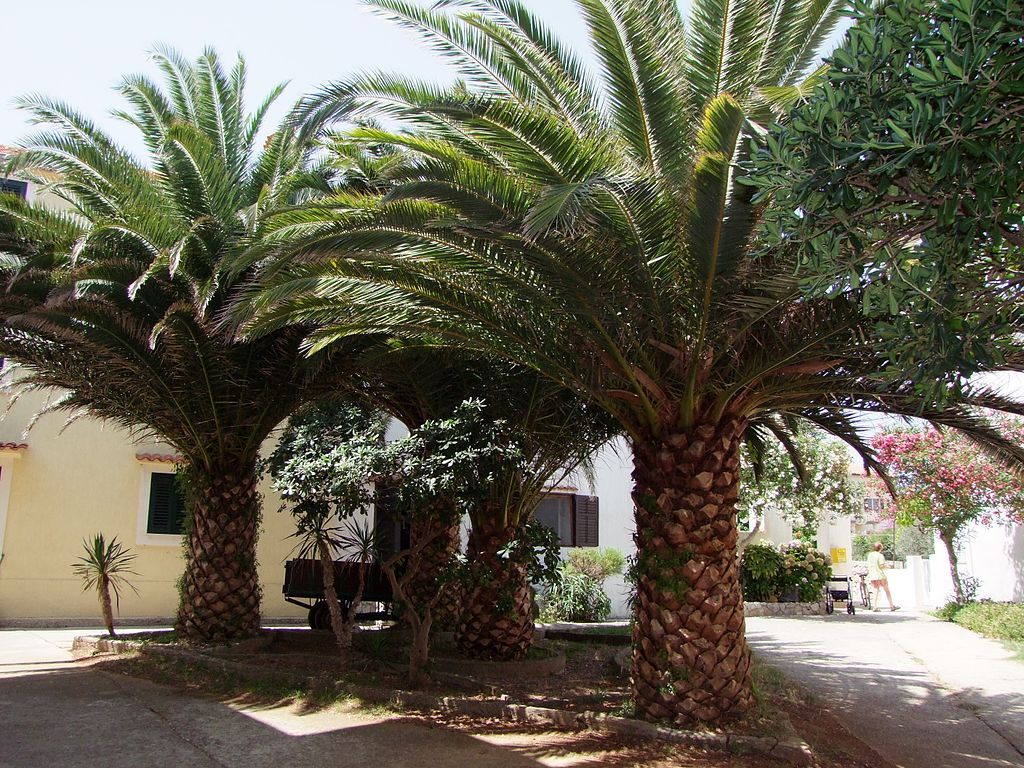
Enchanted by that lush vegetation and pristine beaches, it’s easy to forget about the harsh reality of island life. In the 1960s, when the residents of Ilovik were first granted passports by the Yugoslav government, a good part of the population was quick to escape to Italy where they were granted asylum as political refugees; most have headed on to the US, where the Ilovik diaspora nowadays counts three times more people than their island of origin.
Here’s a list of common surnames indigenous to Ilovik, with italianised and anglicised versions noted in the brackets:
Baričević
Belanić (Bellani, Belanich)
Budinić (Budinis, Budinich)
Mezić (Mezzich, Mezich)
Radelić
Raguzin
Simičić (Simicich)
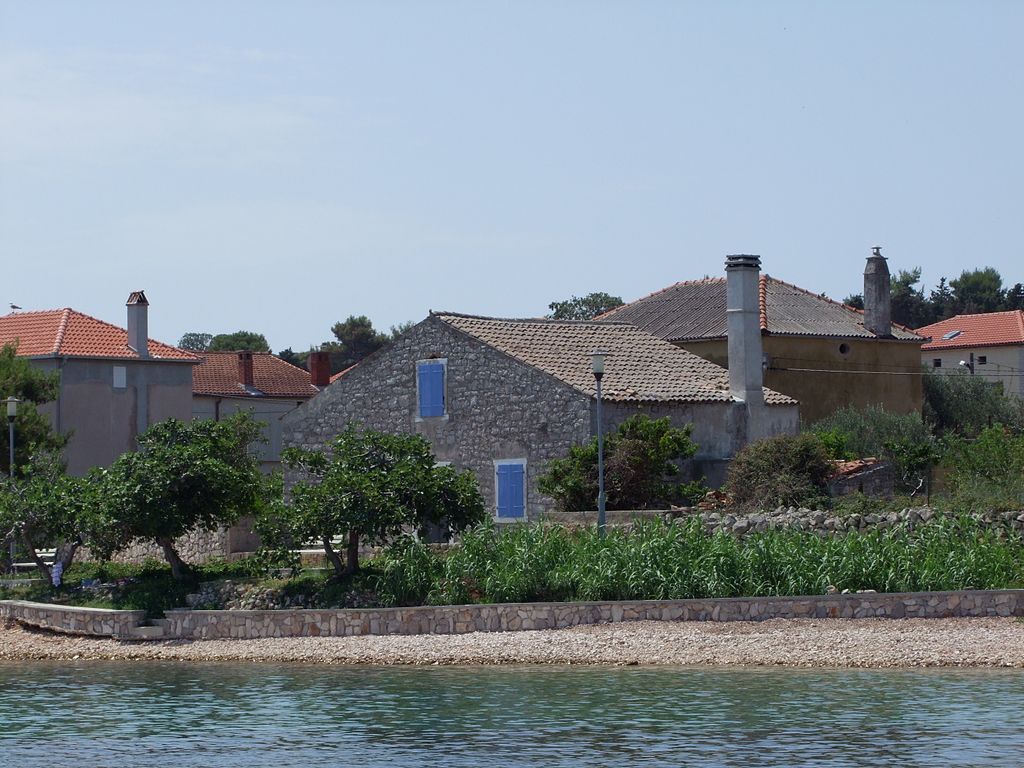
The only inhabited place on the island is Ilovik village which had a population of 85 as of the 2011 census. While Ilovik nowadays has a grocery store, a post office, a local primary school and several restaurants, more or less providing basic services and goods its residents might need in their daily lives, a public water supply system wasn’t introduced until 2013 – water had to be ordered and brought to the island on a cargo ship from Mali Lošinj. Going to the dentist or a pharmacy entailed an hour-long boat trip to Lošinj as well, with the service available only twice a week. Getting back to Ilovik would have taken you up to two hours, as Jadrolinija’s passenger ship Ozalj operated on a route connecting the islands Susak, Male and Vele Srakane, and Unije, with Ilovik as the last stop.
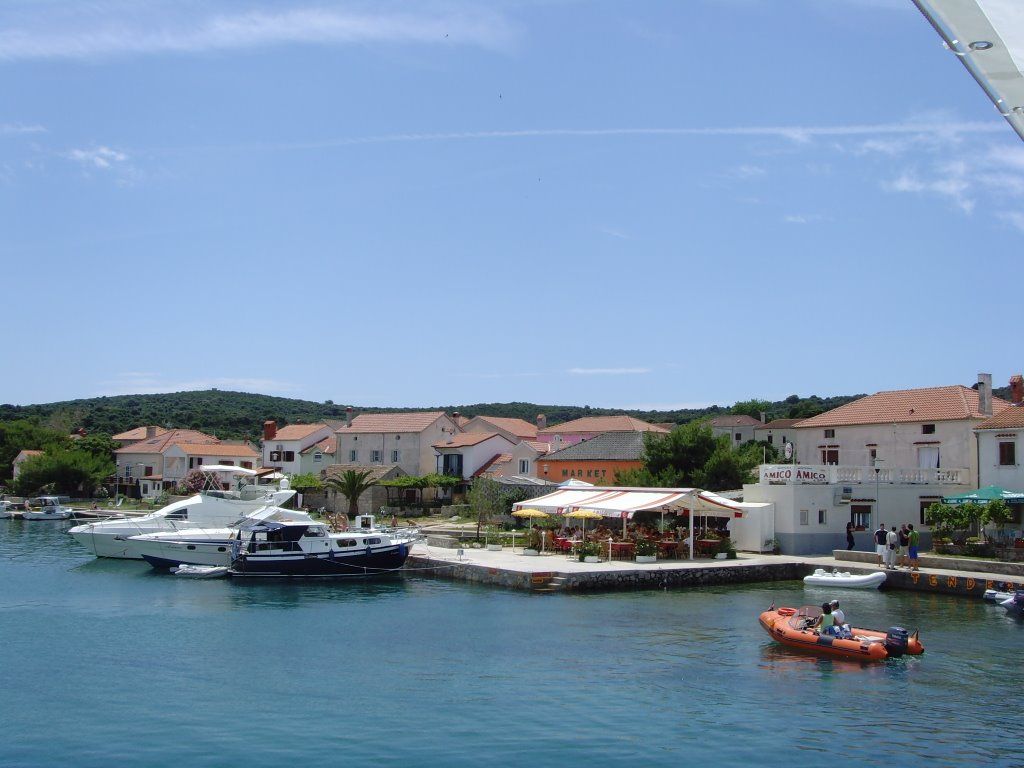
A port was since established in Mrtvaška bay on the southern coast of Lošinj, enabling Ilovik’s residents to make the formerly exhausting trip in under 10 minutes owing to a service provided by the public company TIM-G. A primary school teacher can now easily commute to Ilovik to teach a combined class of eight pupils: one first-grader, three third-graders, two kids in 5th grade and two in 8th grade. Most subjects are taught by local teachers in Ilovik, while the older children keep up with chemistry and English with the help of a video feed of classes held in the main primary school in Mali Lošinj.
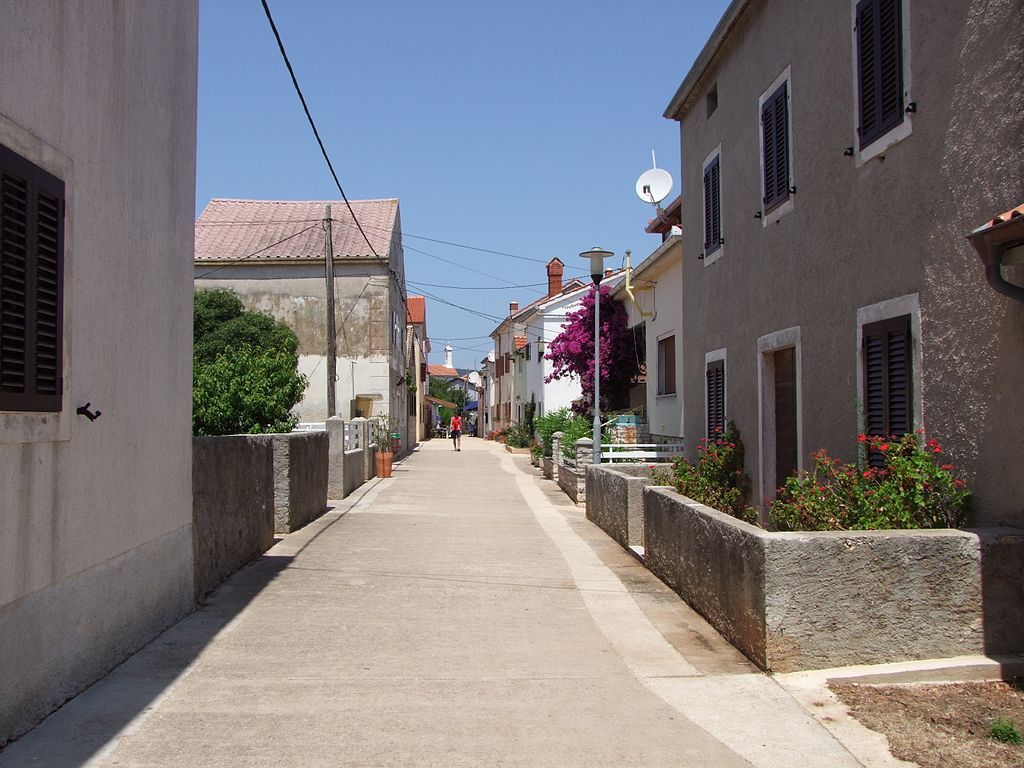
While the majority of Ilovik’s residents are of older age, the demographic situation has been looking up since the quality of life had improved. In the last decade or two, people have been moving to the island from all parts of Croatia: they have young newcomers from Zagreb, and the president of the local council Jadranka Matas moved to Ilovik from Rijeka more than fifteen years ago.
As the infrastructure continues to improve and more ferry lines are introduced to better connect Ilovik with the neighbouring islands and the mainland, the island community is sure to continue to thrive. And who knows – seeing that many members of the Ilovik diaspora have kept in touch with their homeland, making it a habit to visit their island of origin in summer months, they just might decide to return to Ilovik once and for all.
Do you have a location you would like us to feature? Send an email to news@total-croatia-news.com or message us on Facebook. We also wish to encourage readers of Ilovik origin to contact us and share their stories.


